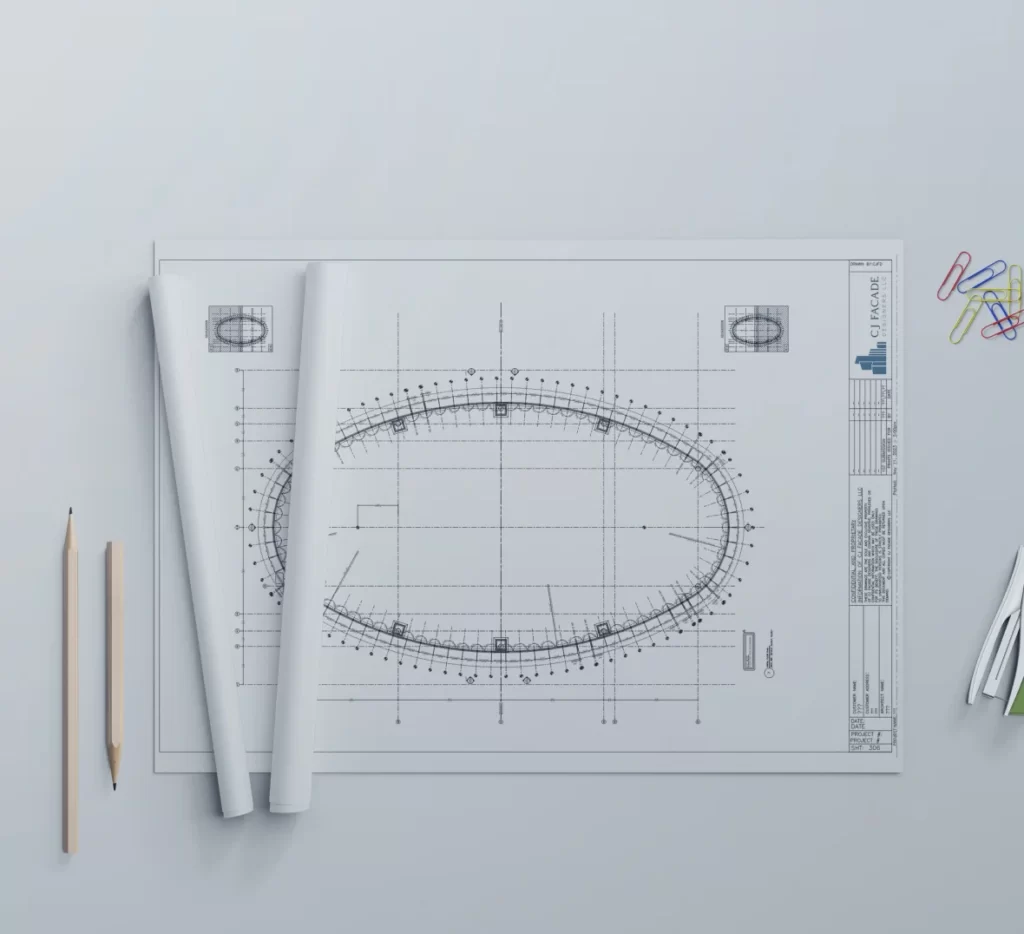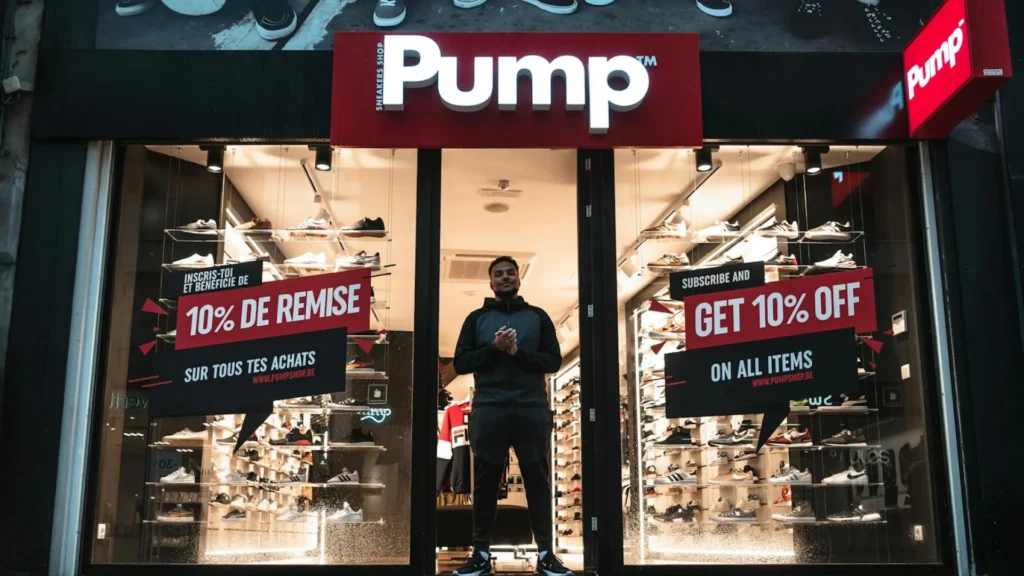
Have you ever walked past a storefront and found yourself irresistibly drawn in by the captivating display behind the storefront windows? That’s the power of a well-designed storefront window. These architectural marvels are more than just transparent barriers; they’re the silent salespeople of the retail world, working 24/7 to attract customers and showcase products.
But not all storefront windows are created equal. The right choice can make the difference between a bustling business and one that struggles to catch the eye of passersby. Whether you’re a shop owner looking to upgrade your facade or an architect designing a commercial space, understanding the ins and outs of storefront windows is crucial. From technical specifications to the benefits of cutting-edge materials like steel, there’s a lot to consider.
In this guide, we’ll walk you through everything you need to know about storefront windows. We’ll delve into the technical details, explore commercial options, guide you through the ordering process, and highlight the advantages of innovative solutions like Portella Steel Windows. By the end, you’ll be equipped with the knowledge to make an informed decision that could transform your storefront from ordinary to extraordinary. Let’s dive in and uncover the world behind the glass!
Technical Specifications of Storefront Windows

Window Materials
Storefront windows are typically crafted from high-quality materials designed to withstand various environmental conditions while providing optimal visibility and security. Here’s a comparison of common materials used:
| Material | Durability | Insulation | Cost | Aesthetics |
|---|---|---|---|---|
| Aluminum | High | Moderate | Moderate | Modern |
| Steel | Very High | High | High | Industrial |
| Wood | Moderate | High | High | Traditional |
| Vinyl | High | High | Low | Versatile |
Glass Options
The choice of glass for storefront windows is crucial for both aesthetics and functionality. Consider these popular options:
- Tempered glass: Stronger and safer than regular glass
- Laminated glass: Offers enhanced security and sound insulation
- Low-E glass: Provides better energy efficiency
- Tinted glass: Reduces glare and heat gain
Frame Styles
Storefront window frames come in various styles to suit different architectural designs:
- Full-frame: Provides a complete window replacement
- Insert: Fits within existing frames for easier installation
- Flush-mount: Creates a sleek, modern appearance
- Projected: Extends outward for added dimension
Energy Efficiency Ratings
Understanding energy efficiency ratings is essential for selecting the right storefront windows. Key metrics include:
- U-factor: Measures heat transfer (lower is better)
- Solar Heat Gain Coefficient (SHGC): Indicates solar heat blocked (lower is better)
- Visible Transmittance (VT): Shows amount of visible light allowed through
Now that we’ve covered the technical specifications, let’s delve into the specific details of commercial storefront windows.
Commercial Storefront Windows Detail
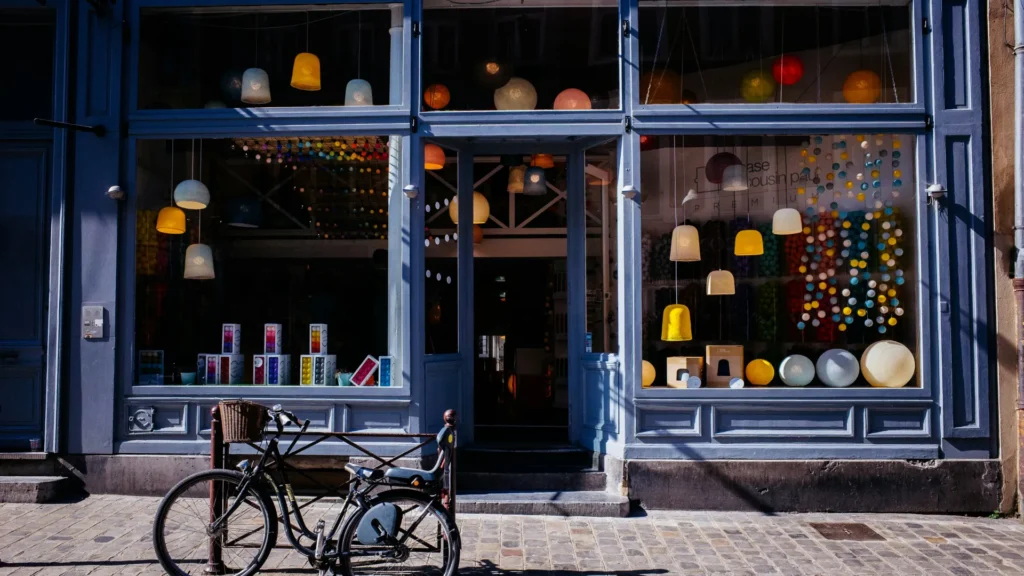
Size and Customization Options
Commercial storefront windows offer a wide range of size and customization options to suit various architectural needs. These windows can be tailored to fit specific dimensions, with typical heights ranging from 8 to 12 feet and widths up to 10 feet or more. Custom sizes are also available for unique building requirements.
| Feature | Options |
|---|---|
| Height | 8-12 feet (standard), custom heights available |
| Width | Up to 10+ feet, custom widths available |
| Frame Material | Aluminum, steel, wood, or vinyl |
| Glass Type | Single, double, or triple-pane |
| Finish | Powder-coated, anodized, or wood-grain |
Glass Types and Energy Efficiency
The choice of glass plays a crucial role in the performance of commercial storefront windows. Options include:
- Single-pane glass: Basic and cost-effective
- Double-pane glass: Improved insulation and energy efficiency
- Triple-pane glass: Maximum energy efficiency and sound reduction
Energy-efficient features such as low-E coatings and argon gas filling between panes can significantly improve thermal performance and reduce energy costs.
Frame Materials and Finishes
Commercial storefront window frames are available in various materials, each offering unique benefits:
- Aluminum: Lightweight, durable, and low-maintenance
- Steel: Strong, secure, and fire-resistant
- Wood: Natural aesthetics and good insulation properties
- Vinyl: Cost-effective and energy-efficient
Finishes can be customized to match the building’s aesthetic, with options including powder-coating, anodizing, and wood-grain finishes for aluminum frames.
Now that we’ve explored the details of commercial storefront windows, let’s move on to the ordering process.
The Benefits of Portella Steel Window
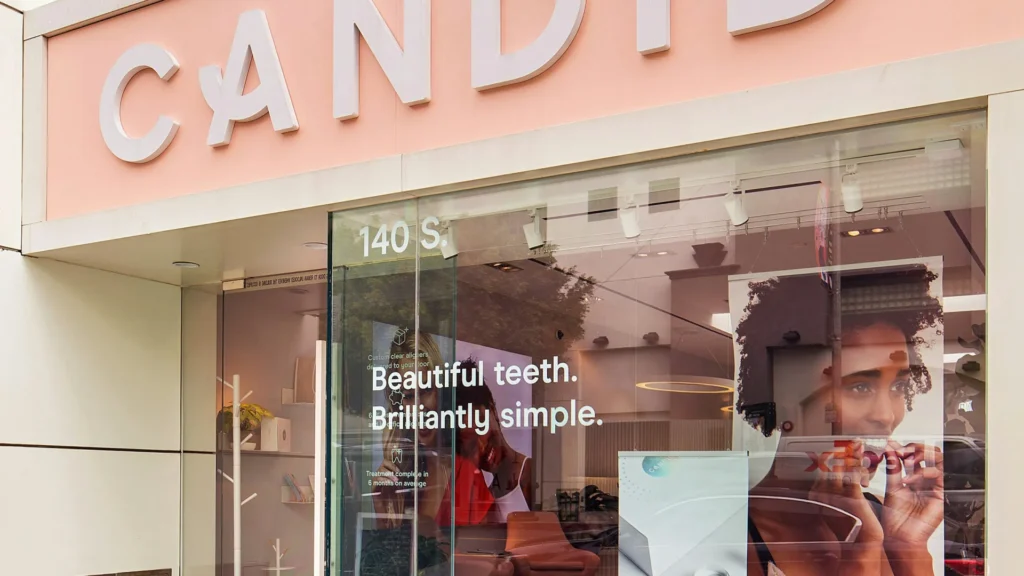
Unparalleled Durability
Steel windows offer exceptional durability, making them an ideal choice for commercial storefronts. Portella’s steel windows are engineered to withstand harsh weather conditions, resist corrosion, and maintain their structural integrity for decades. This longevity translates to significant cost savings over time, as replacement and maintenance needs are minimized.
Enhanced Security
One of the primary benefits of Portella steel windows is the increased security they provide. The strength of steel makes these windows highly resistant to forced entry, offering peace of mind to business owners. Here’s a comparison of security features:
| Feature | Steel Windows | Standard Windows |
|---|---|---|
| Break-in Resistance | High | Low to Moderate |
| Impact Resistance | Excellent | Fair |
| Forced Entry Protection | Superior | Limited |
Energy Efficiency
Portella steel windows contribute to improved energy efficiency in commercial spaces. Their tight seals and thermal break technology help regulate indoor temperatures, reducing heating and cooling costs. Benefits include:
- Lower energy bills
- Improved indoor comfort
- Reduced carbon footprint
Aesthetic Appeal
Steel windows from Portella offer a sleek, modern appearance that enhances the visual appeal of any storefront. Their slim profiles allow for larger glass areas, maximizing natural light and creating an open, inviting atmosphere for customers. This aesthetic versatility makes them suitable for various architectural styles, from contemporary to industrial chic.
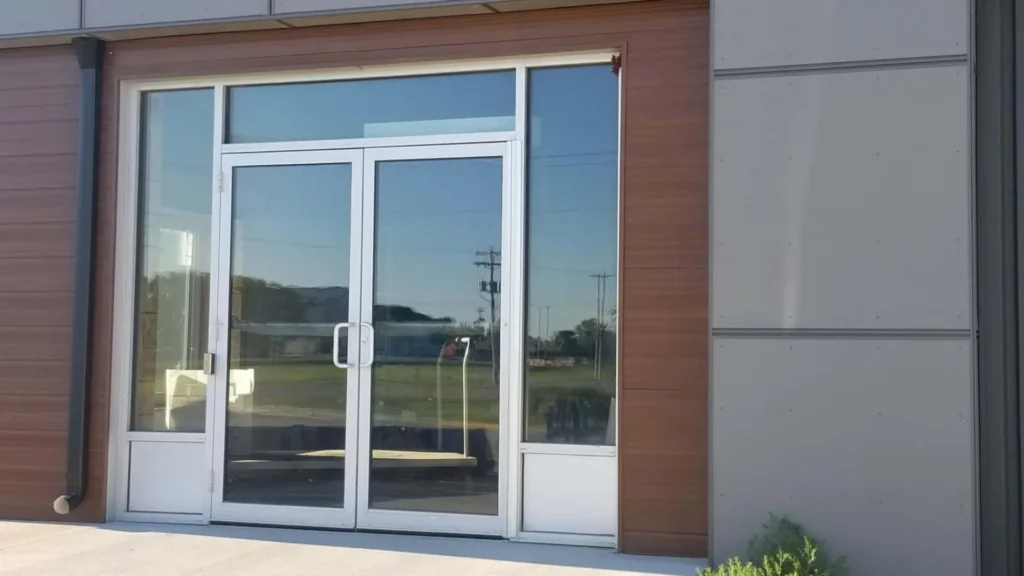
Storefront windows play a crucial role in creating an inviting and professional appearance for businesses. From technical specifications to commercial details, ordering process, and the advantages of Portella Steel Windows, this guide has covered all aspects of selecting the perfect storefront windows for your establishment.
By choosing high-quality storefront windows, you can enhance your business’s curb appeal, improve energy efficiency, and create a lasting impression on potential customers. Whether you’re renovating an existing space or building a new storefront, investing in the right windows will pay dividends in the long run. Don’t hesitate to request a quote and take the first step towards transforming your business facade with exceptional storefront windows.
FAQ
What are the benefits of installing storefront windows?
Storefront windows improve aesthetics, provide natural light, enhance energy efficiency, and better security for your business.
How much do storefront windows cost?
Costs vary widely depending on materials, size, and labor, but you can expect to spend anywhere from a few hundred to several thousand dollars.
Can I install storefront windows on my own?
Yes, provided you have the right tools and follow the guidelines. However, professional installation is recommended for larger projects.
What are the best windows for energy efficiency?
Look for double or triple-glazed glass windows with low-E coatings for the best energy performance.
How often should I replace storefront windows?
Depending on the materials and environmental factors, consider replacing them every 20-30 years or when significant damage occurs.

